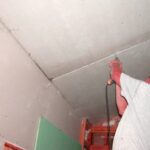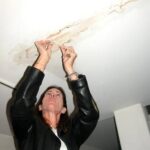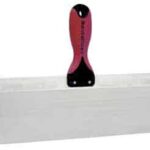If you have a fairly large hole in a ceiling-the type that might be left behind when moving a ceiling fixture-you’ll need to give it some backing before filling the hole with patching material. Here’s how to do this:
1. Cut a piece of pegboard (hardboard with holes in it) sized to overlap but slip through the hole.
2. Loop a 6-inch-long piece of stiff wire through two of the holes in the pegboard. Twist the ends to form a complete loop.
3. Coat the pegboard with drywall compound, using a putty knife.
4. Slip the coated pegboard piece into the hole, coated side facing down.
5. Pull down on the wire loop, insert a pencil, and twist the pencil to pull the pegboard snugly down against the backside of the ceiling.
6. Let the compound dry, remove the pencil, and snip off the wires flush with the ceiling.
7. Fill the hole with two coats of drywall compound, allowing the first coat to dry before applying the second.
8. Let the second coat dry, and then apply a third coat, flush with the ceiling. Let that dry for 24 hours.
9. Lightly sand the patch with fine sandpaper to “feather” (blend) it with the surface. Paint the patch to match the ceiling.
How to Repair Ceiling Texture
After repairing a stain or hole in the ceiling, it may be necessary to repair the texture. Here’s how to do this:
1. Using a putty knife, scrape off loose or damaged ceiling texture around the stain or repair.
2. With drywall sanding paper wrapped around a small block, gently sand the edges of the damaged area.
3. Using a broad-bladed putty knife, fill the void with a smooth coat of drywall compound and allow it to dry.
4. Sand smooth again, and then spray stain sealer over the patched area to prevent the patch from bleeding through later. Allow to dry.
5. If you have a cottage-cheese type of texture, buy canned ceiling texture and spray it onto the repaired area. If the ceiling has a splotchy-style texture, you may be able to re-create the look with drywall compound and a special texturing brush. This takes a little practice—just keep scraping the compound off until you achieve the look you want.
6. Touch up with paint to match (if necessary, re-paint the entire ceiling for uniformity).
Preventing Dust Streaks on Ceiling
Along ceilings below poorly insulated attic spaces, dust sometimes causes streak marks, caused by temperature differences between insulated spaces and joist locations.
Adding insulation or spreading existing insulation more evenly in the attic are the only solutions for preventing this condition from getting worse.You can attempt to clean the ceiling with a solution of water and detergent, but repainting is usually a better option.
More Ceiling Repairs
For more about specific types of ceiling repairs, please see:



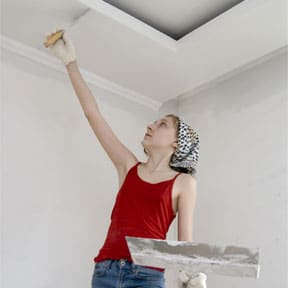
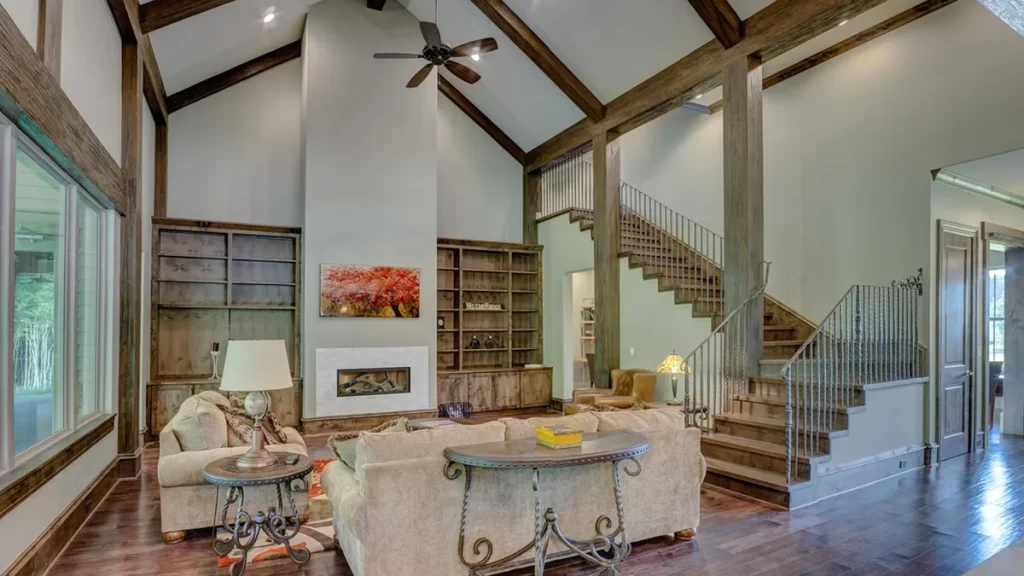



 Don Vandervort writes or edits every article at HomeTips. Don has:
Don Vandervort writes or edits every article at HomeTips. Don has:

